- Managed Infrastructure and Cloud Services
- Advanced Technology
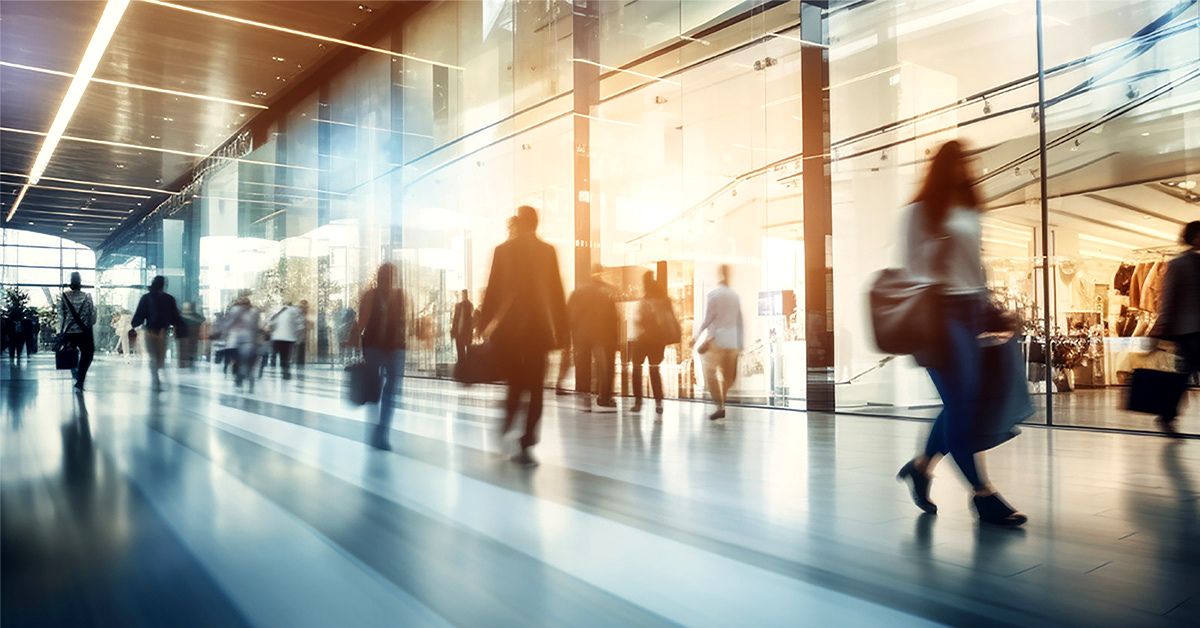

Emma Mak • Staff Writer
Surprisingly, Olivia Newton-John’s lyric, “Let’s get physical,” was not actually about working out, but her aerobics-themed video helped make the catchy but cheeky song a runaway hit in the exercise-crazed 80s.
Just as the video transformed “Physical” into an aerobics anthem, phygital experiences enable retailers to dramatically broaden and enhance the experience of their brand and products. By integrating the in-person experience of physical stores with interactive and easy-to-use digital experiences, merchants can explore innovative methods to better engage their customers.
Showrooming and Webrooming
Today’s consumers shop online a lot, but more than 85% of US retail sales still occur in physical stores. Savvy consumers want the best of both worlds. Showrooming — visiting physical stores but buying online — gives them the tactile experience of the products with the convenience and savings of online shopping. It’s especially useful for trying out higher-priced items before buying.
The opposite side of the coin, webrooming, is popular among Gen Z customers, who prefer to research products online before buying them in a physical store. Its perks include getting items immediately, more straightforward returns, no shipping costs, and supporting local businesses.
Having both options available to consumers can work in a retailer’s favor: online shopping has lower overhead, but online advertising is expensive; in-person shopping provides a chance to increase brand loyalty through personal interaction and the creation of a real “brand experience” that is harder for retailers with only an online presence.
Great Customer Experience (CX) For the Win
Retailers are increasingly turning to phygital experiences to enhance customer engagement and satisfaction. CX matters; it’s so important that 86% of buyers are willing to pay more for great CX.
Examples of raising the bar on CX include:
- In-store retail media using interactive displays and kiosks that can help capture attention and drive sales. For example, Walmart’s kiosks help customers locate specific products in the store and provide wayfinding.
- Incorporation of virtual reality (VR) and augmented reality (AR). Many examples of the use of these technologies can be found in the beauty industry, including Estée Lauder.
- Expanded digital content coming directly from store shelves or in the fitting room. For example, digital signage or QR codes with recipes, coupons, or product information or H&M’s smart mirrors.
Instant, useful content accessible right where a potential customer stands, product in hand, deciding whether to place it in their cart or back on the shelf, can dramatically increase value for the customer and influence their decision to buy.
How a Managed Services Provider (MSP) Can Help
Unlike fads that have come and gone, like legwarmers and outside-of-the-gym headbands, phygital experiences are an ongoing trend in retail. Creating successful ones requires that retailers get omnichannel right. As a bonus, omnichannel gives them access to valuable data that can help increase sales opportunities and customer loyalty.
MSPs can help retailers stay on the cutting edge in CX Besides infrastructure support and services to keep your sales and back-office working, having an MSP as your strategic partner helps transform your business to make innovative phygital experiences possible.
In this series:
RecenT

9 Ways Strategic IT Staffing Empowers Organizations
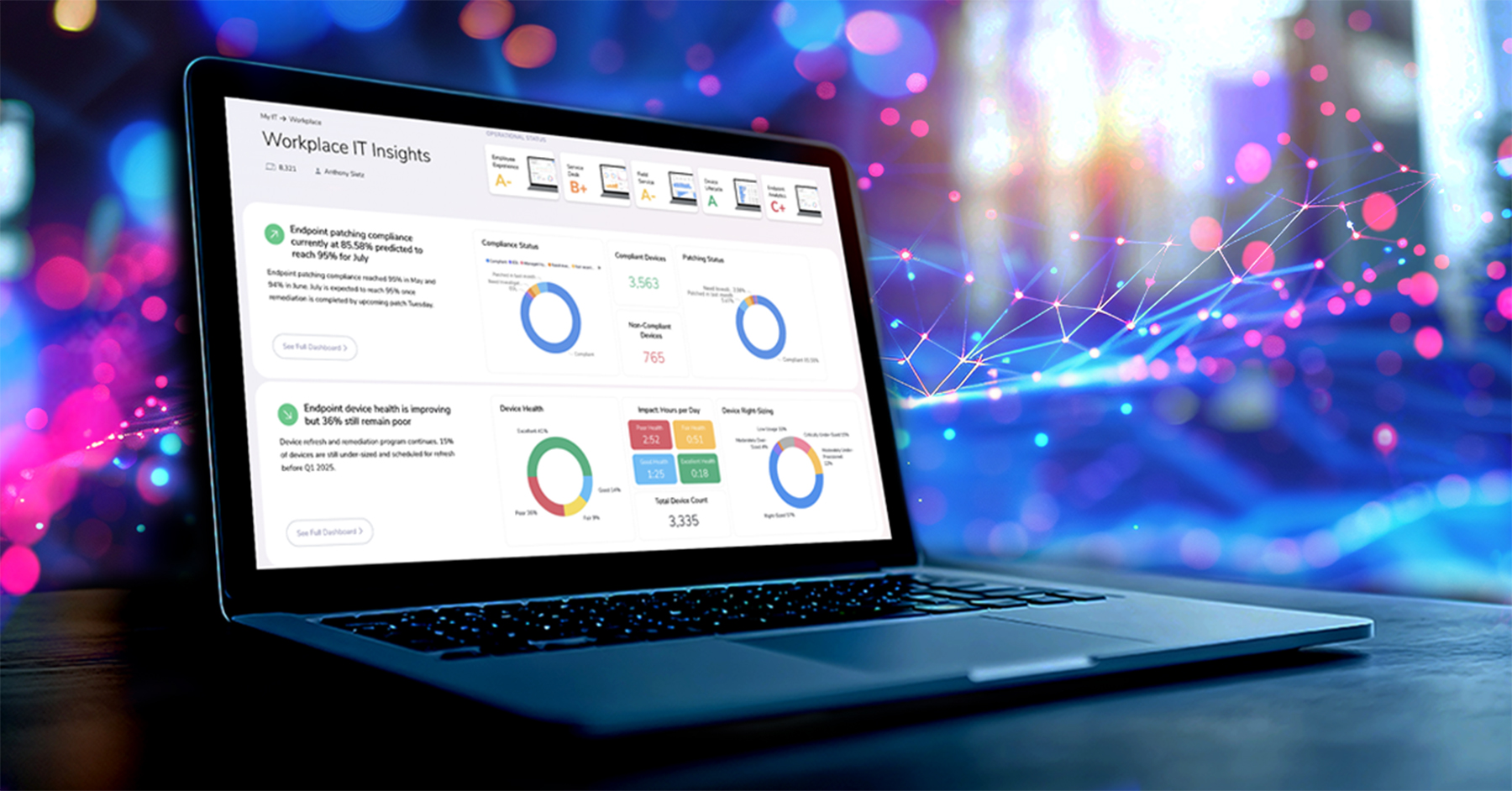
Case Studies: Asset Intelligence and Endpoint Compliance Made Easy
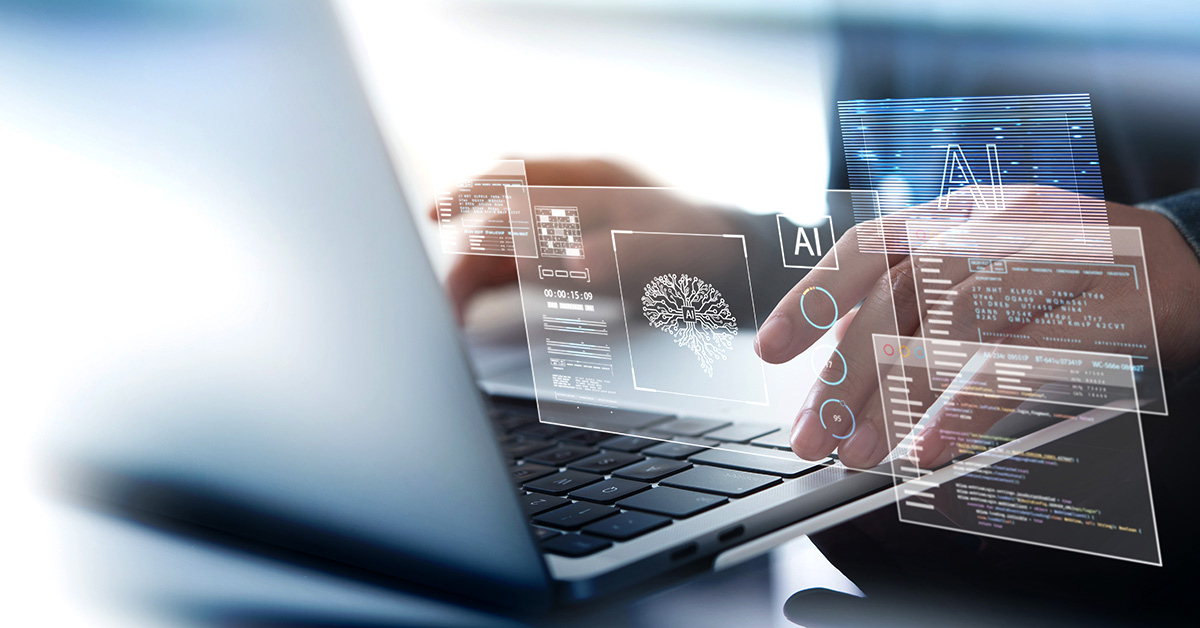
AI and the Enterprise: The Future of IT Management
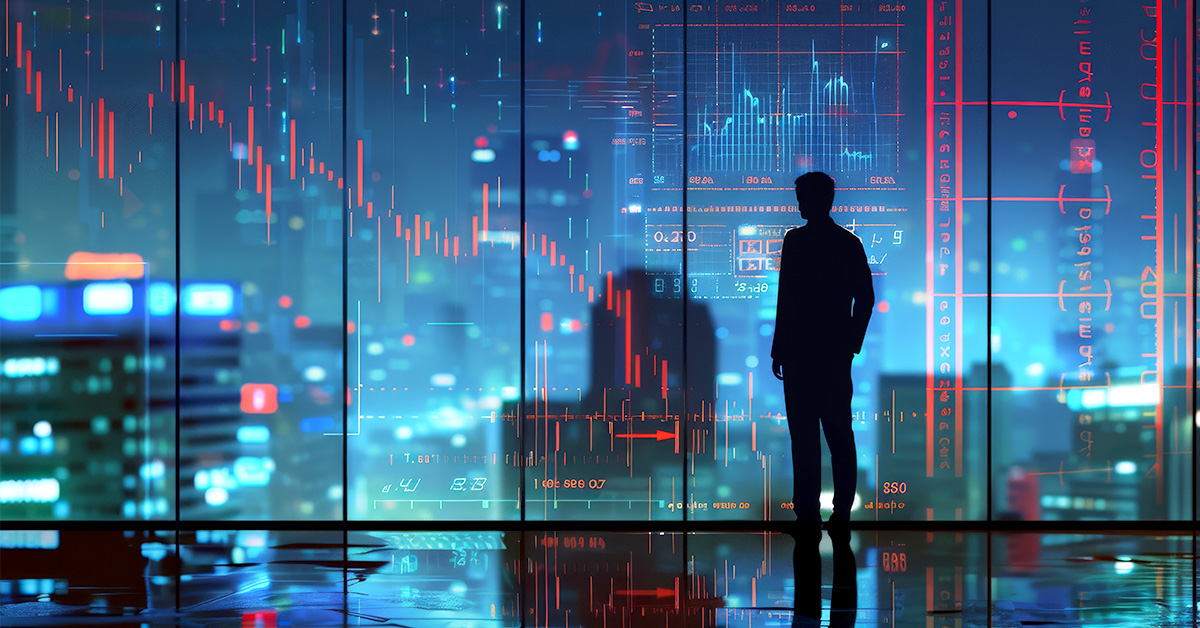
Exploring the Opportunities and Obstacles of AI in the Enterprise
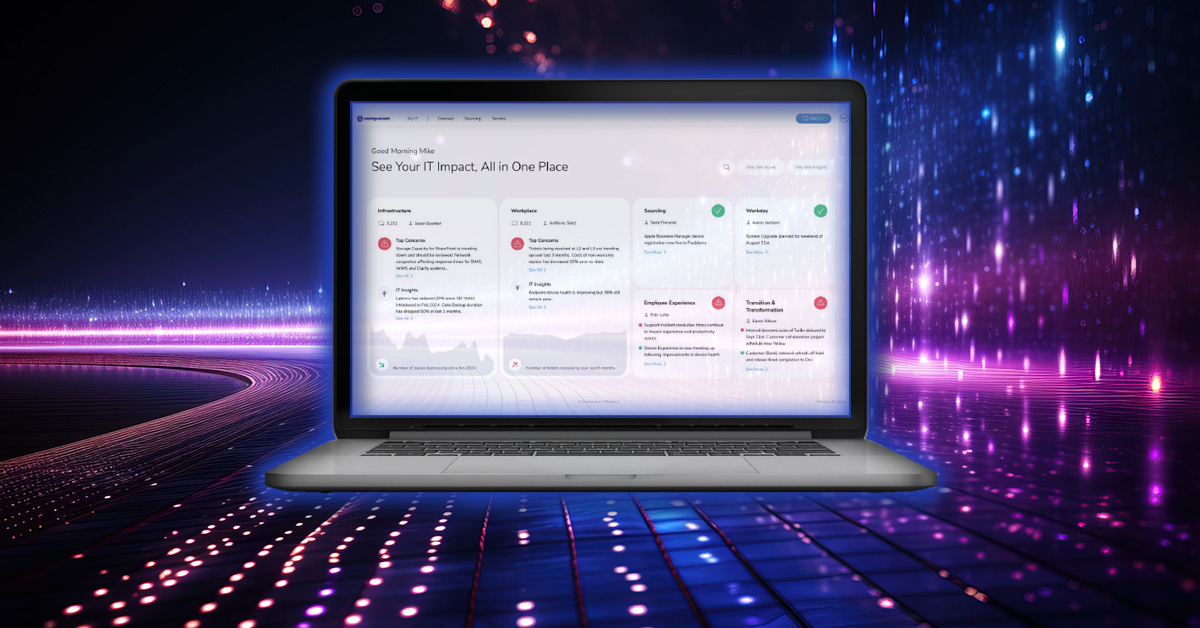
One Dashboard to Rule Them All: Strategic IT Excellence with Full Lifecycle Observability
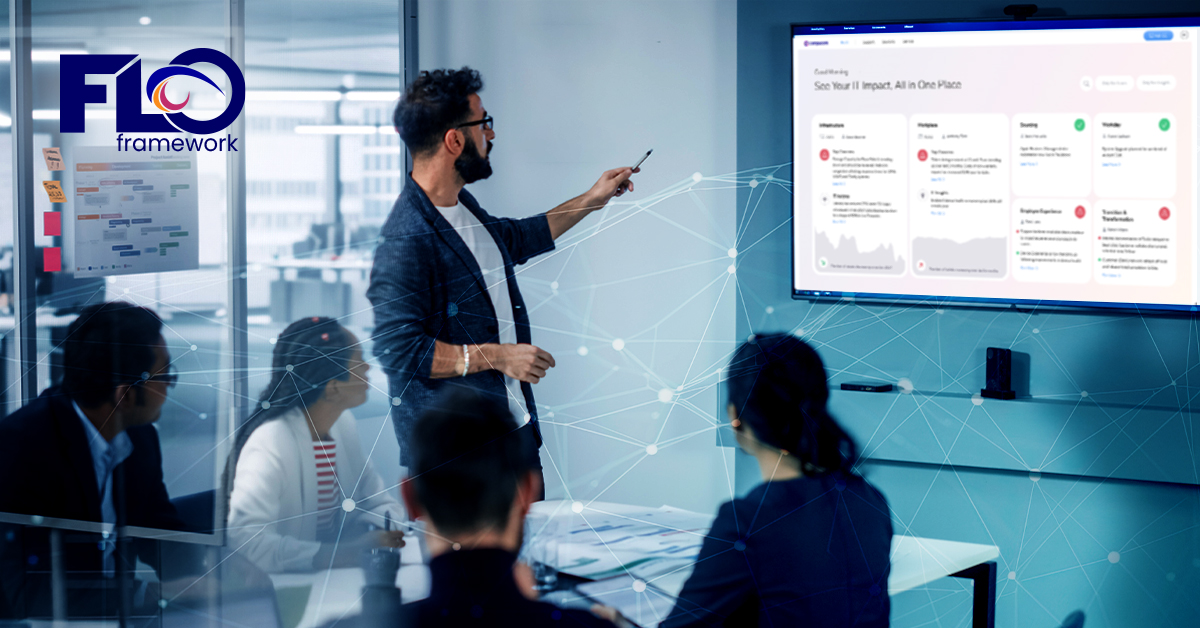
Transforming IT Operations with Full Lifecycle Observability: How Compucom’s FLO Framework Redefines Data-Driven Efficiency
TOPICS
Retail Trends 2024: Let’s Get Phygital
- Managed Infrastructure and Cloud Services
- Advanced Technology

Emma Mak • Staff Writer
Surprisingly, Olivia Newton-John’s lyric, “Let’s get physical,” was not actually about working out, but her aerobics-themed video helped make the catchy but cheeky song a runaway hit in the exercise-crazed 80s.
Just as the video transformed “Physical” into an aerobics anthem, phygital experiences enable retailers to dramatically broaden and enhance the experience of their brand and products. By integrating the in-person experience of physical stores with interactive and easy-to-use digital experiences, merchants can explore innovative methods to better engage their customers.
Showrooming and Webrooming
Today’s consumers shop online a lot, but more than 85% of US retail sales still occur in physical stores. Savvy consumers want the best of both worlds. Showrooming — visiting physical stores but buying online — gives them the tactile experience of the products with the convenience and savings of online shopping. It’s especially useful for trying out higher-priced items before buying.
The opposite side of the coin, webrooming, is popular among Gen Z customers, who prefer to research products online before buying them in a physical store. Its perks include getting items immediately, more straightforward returns, no shipping costs, and supporting local businesses.
Having both options available to consumers can work in a retailer’s favor: online shopping has lower overhead, but online advertising is expensive; in-person shopping provides a chance to increase brand loyalty through personal interaction and the creation of a real “brand experience” that is harder for retailers with only an online presence.
Great Customer Experience (CX) For the Win
Retailers are increasingly turning to phygital experiences to enhance customer engagement and satisfaction. CX matters; it’s so important that 86% of buyers are willing to pay more for great CX.
Examples of raising the bar on CX include:
- In-store retail media using interactive displays and kiosks that can help capture attention and drive sales. For example, Walmart’s kiosks help customers locate specific products in the store and provide wayfinding.
- Incorporation of virtual reality (VR) and augmented reality (AR). Many examples of the use of these technologies can be found in the beauty industry, including Estée Lauder.
- Expanded digital content coming directly from store shelves or in the fitting room. For example, digital signage or QR codes with recipes, coupons, or product information or H&M’s smart mirrors.
Instant, useful content accessible right where a potential customer stands, product in hand, deciding whether to place it in their cart or back on the shelf, can dramatically increase value for the customer and influence their decision to buy.
How a Managed Services Provider (MSP) Can Help
Unlike fads that have come and gone, like legwarmers and outside-of-the-gym headbands, phygital experiences are an ongoing trend in retail. Creating successful ones requires that retailers get omnichannel right. As a bonus, omnichannel gives them access to valuable data that can help increase sales opportunities and customer loyalty.
MSPs can help retailers stay on the cutting edge in CX Besides infrastructure support and services to keep your sales and back-office working, having an MSP as your strategic partner helps transform your business to make innovative phygital experiences possible.
In this series:
Recent Blogs

9 Ways Strategic IT Staffing Empowers Organizations

Case Studies: Asset Intelligence and Endpoint Compliance Made Easy

AI and the Enterprise: The Future of IT Management

Exploring the Opportunities and Obstacles of AI in the Enterprise

One Dashboard to Rule Them All: Strategic IT Excellence with Full Lifecycle Observability




